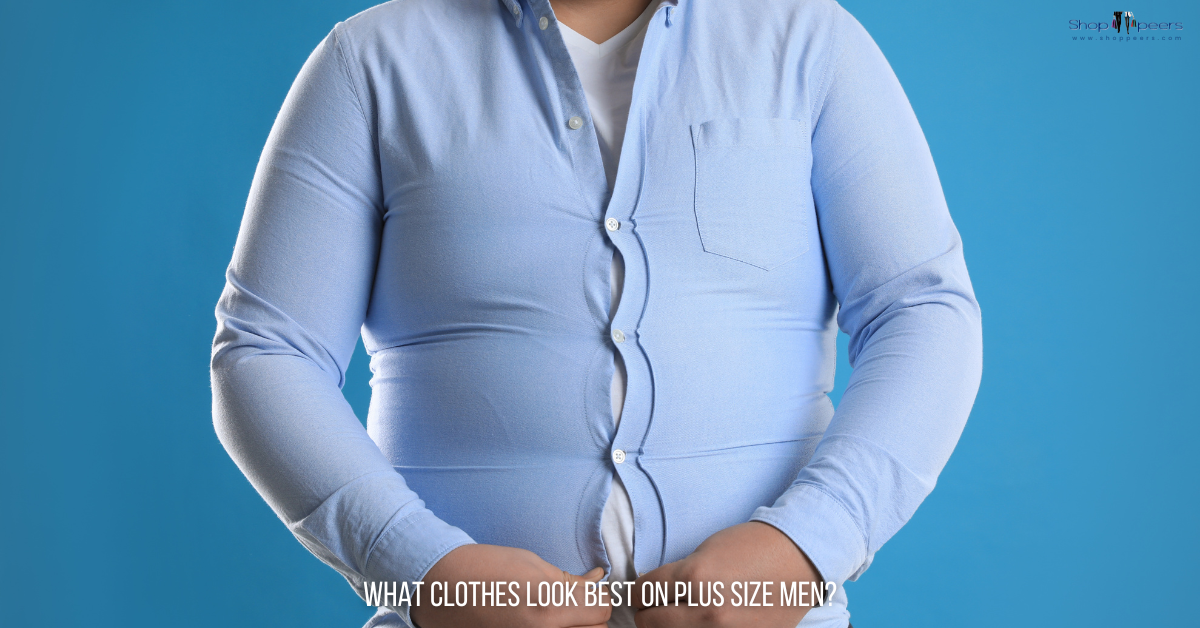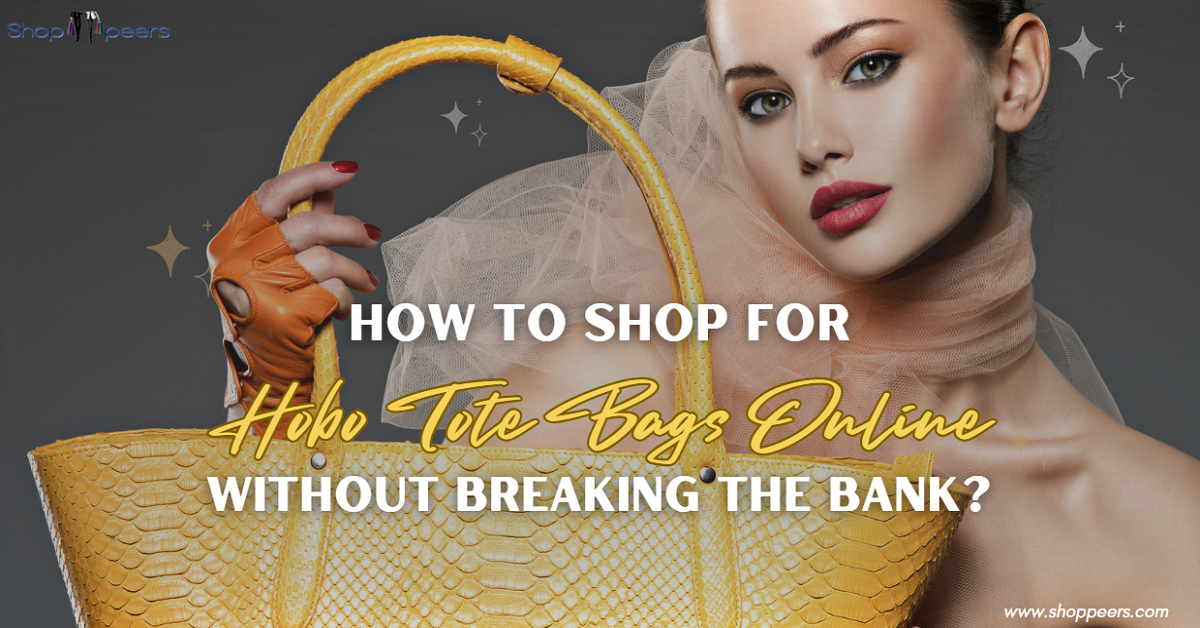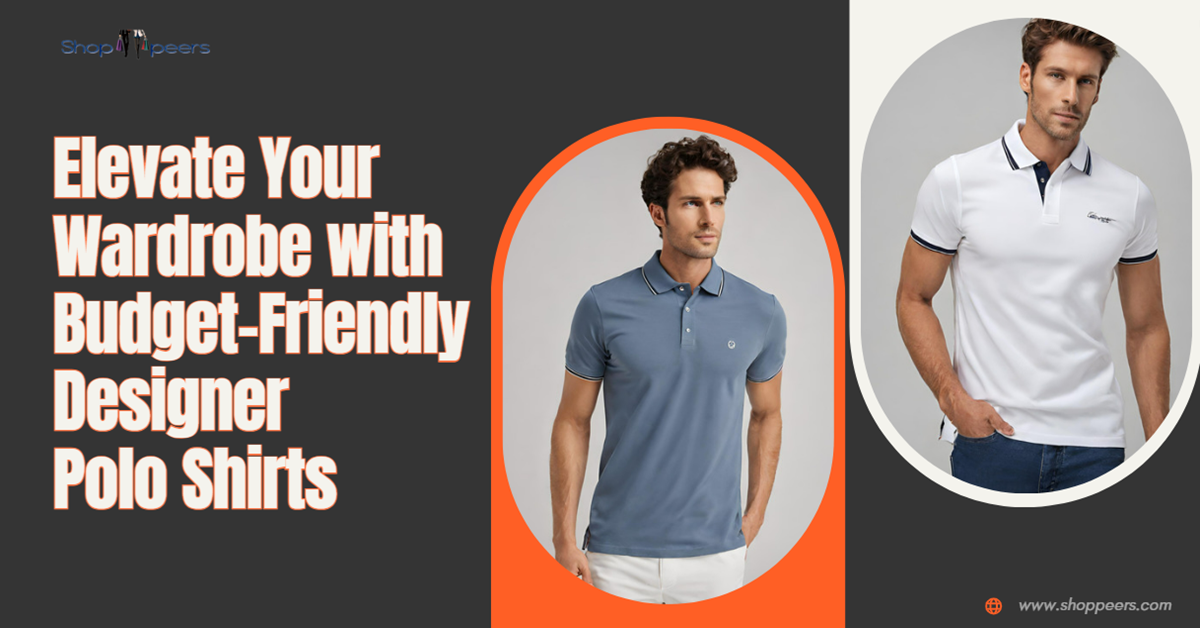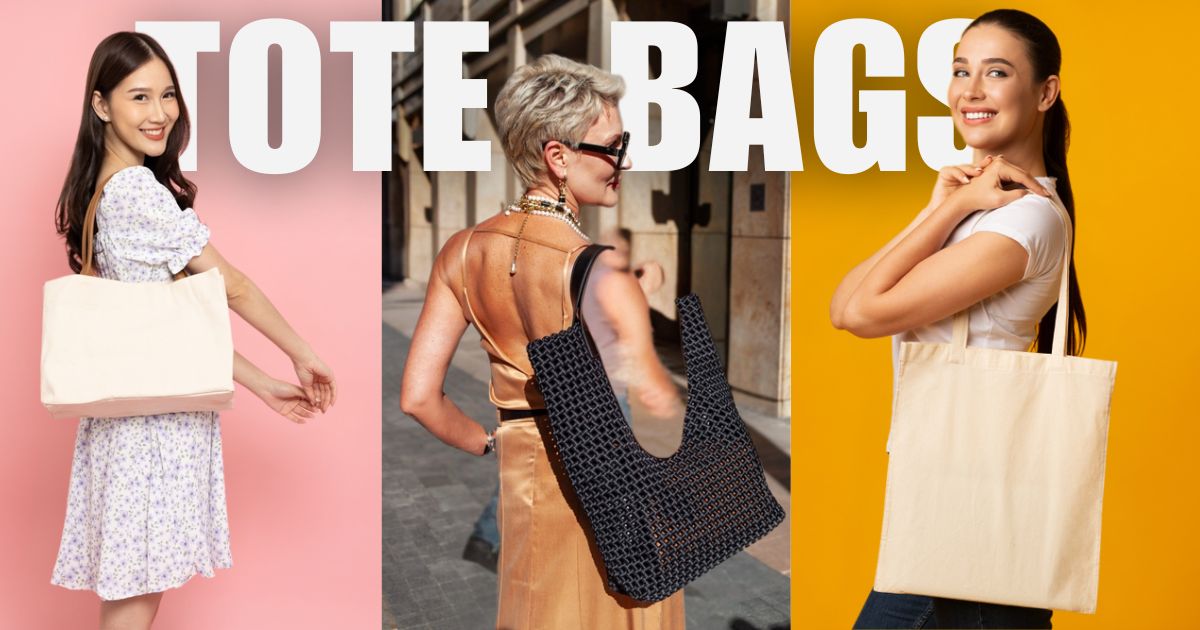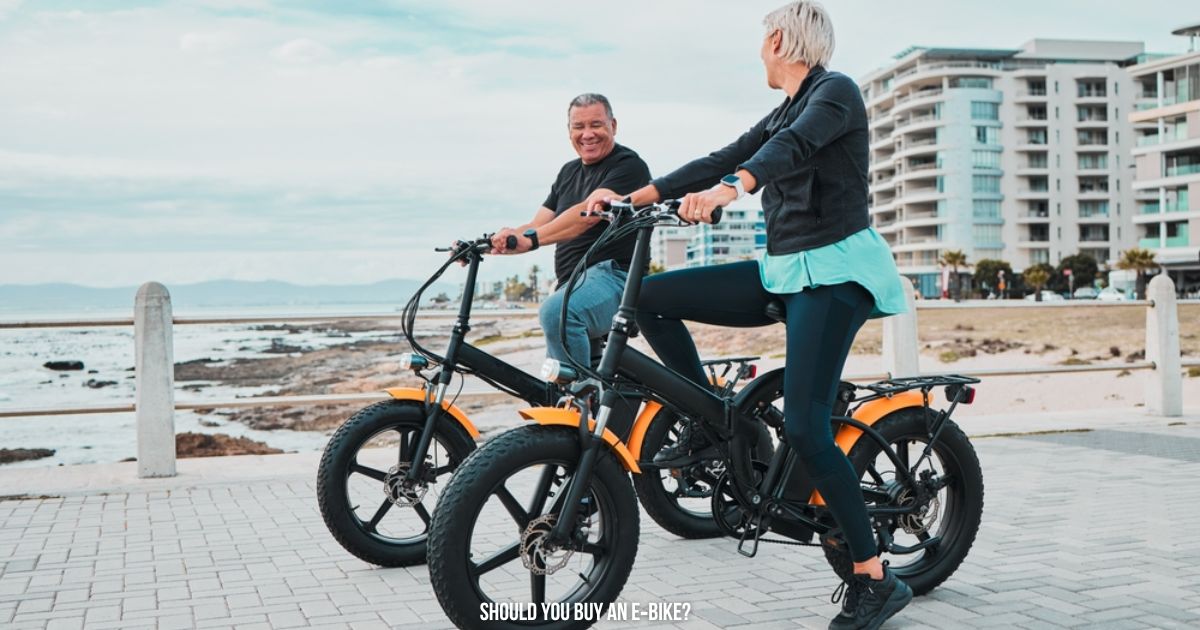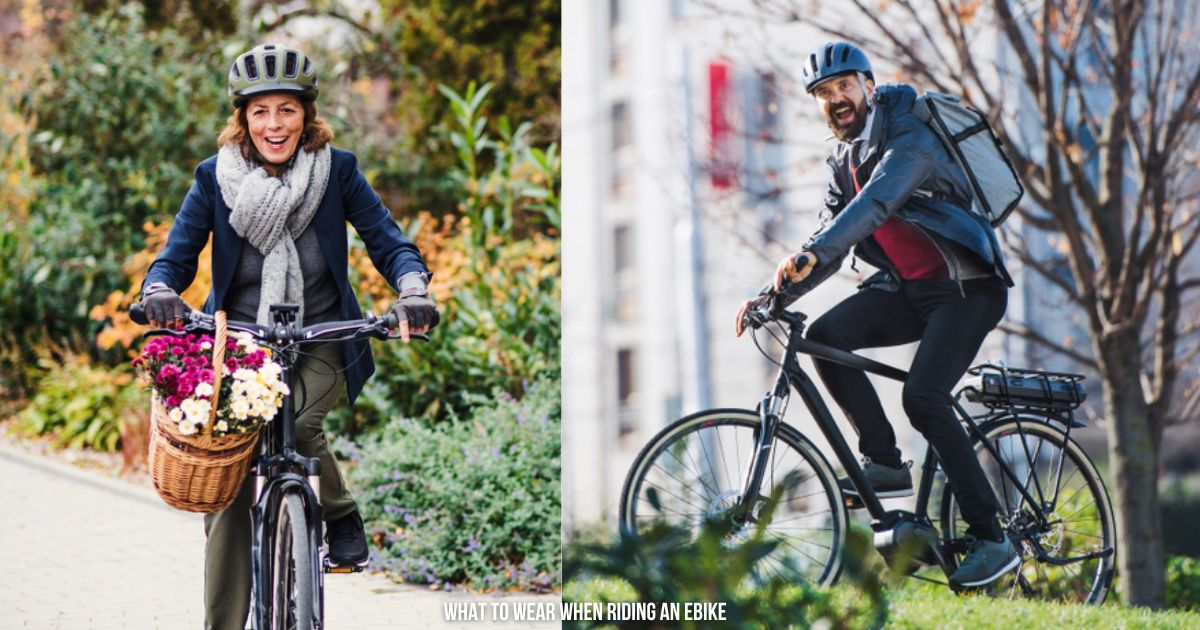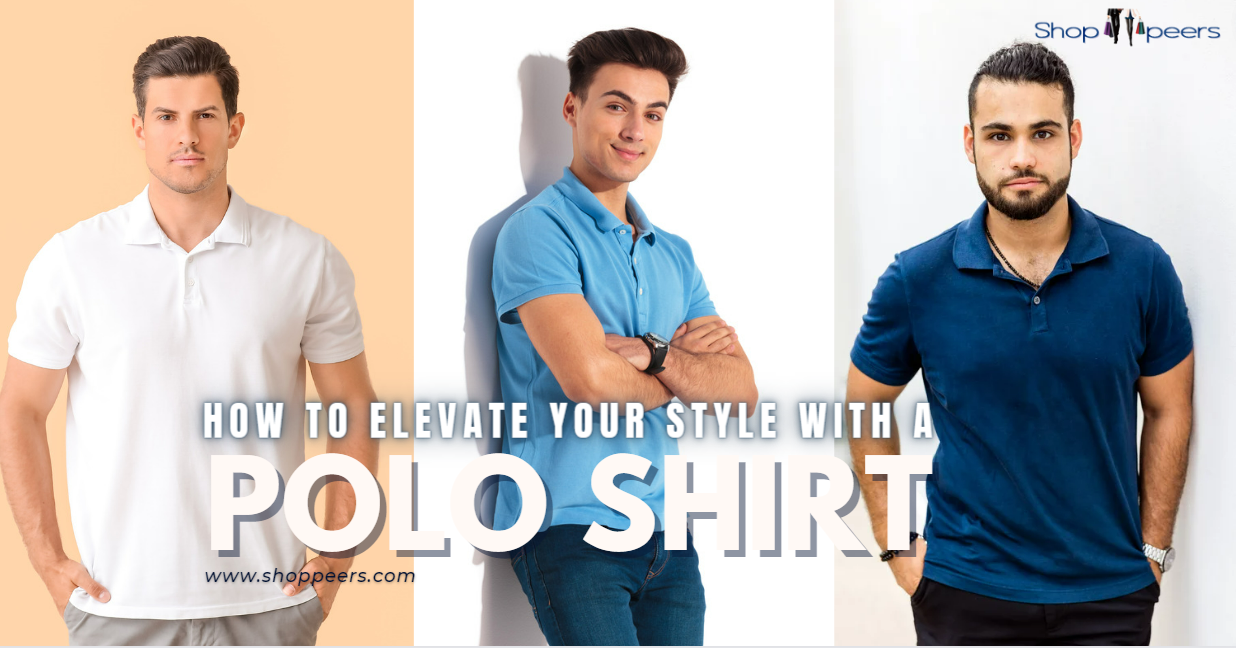Finding your personal style as a plus size man can sometimes feel like a puzzle with missing pieces. You walk into a store, try on a shirt, and think, “Why does this make me look like I’m smuggling a parachute?” Or maybe you’ve tried a pair of skinny jeans and immediately regretted the decision after sitting down (comfort shouldn’t come with a warning label).
Here’s the truth: style isn’t about squeezing into trends that weren’t designed with you in mind—it’s about creating a wardrobe that makes you feel confident, comfortable, and completely yourself. With the right fit, fabrics, and colors, you can stop worrying about what doesn’t work and start celebrating what does.
This guide isn’t a stiff technical manual. Think of it as a friendly style chat where we unpack the best plus size fashion tips—step by step—so you can look great, feel amazing, and step into any room with confidence.
What Does “Plus Size” Really Mean for Men?
Let’s clear something up: “plus size” doesn’t mean you’re limited or boxed into a fashion corner. It’s just a term used in the clothing industry to describe sizing beyond standard small, medium, and large. But it’s not a one-size-fits-all label (pun intended).
Here are a few general benchmarks brands use:
-
Waist Size → Many labels start plus sizing around a 40-inch waist.
-
Chest Size → If you’re at 44 inches or above, you may find yourself in the plus size category.
-
Body Shape → Broader shoulders, fuller frames, or simply proportions that don’t fit into “slim” categories.
The key takeaway? Don’t obsess over the number on the tag. Focus on how clothes fit your body—not how a brand decides to label it.
What Clothes Look Best on Plus Size Men?
If you’ve ever grabbed the “biggest size on the rack” just to make sure it fits, here’s some good news: you don’t need to hide behind fabric to look sharp. Style is about balance, fit, and knowing what works for you—not about drowning in oversized tees.
Here’s how to level up your wardrobe:
1. Fit is King
Imagine clothes as your best wingman. Their job is to make you look good—not steal the spotlight or betray you under pressure. Baggy clothes? They’ll make you look bigger and less polished. Super tight? Cue the uncomfortable tugging and awkward sitting. The sweet spot is clothes that skim your body—structured enough to look sharp, but relaxed enough to let you breathe.
-
✅ Blazers that frame your shoulders and chest
-
✅ Shirts that fit snugly at the shoulders without ballooning at the waist
-
❌ Oversized polos that make you look like you raided your dad’s closet
Style hack: A quick trip to a tailor can transform your wardrobe. That $40 shirt? With a few tweaks, it suddenly looks custom-made.
2. Fabrics That Work With You (Not Against You)
Not all fabrics are created equal. Some cling, wrinkle, or lose shape faster than you can say “laundry day.” Others, though, make you look structured and put together.
-
Wool blends → Perfect for sharp blazers and trousers
-
Cotton with a touch of polyester → Holds shape, resists wrinkles, easy to maintain
-
Stretch denim (with elastane/spandex) → Moves with you instead of pinching against you
Think of it this way: your clothes should adapt to your lifestyle—not the other way around.
3. Layering Without the Bulk
Layering isn’t just for winter—it’s a cheat code for style. A crisp shirt under a sweater, topped with a fitted blazer, adds depth and structure. Done right, layering makes you look put-together and intentional.
But let’s be clear: too many layers and suddenly you’re auditioning for the Michelin Man. Keep it balanced:
-
✅ 1–2 layers max (e.g., shirt + blazer, or T-shirt + open overshirt)
-
✅ Each layer should fit well individually
-
❌ Don’t add bulky, oversized sweaters on top of each other
4. Shirts & Jackets That Do the Heavy Lifting
Button-downs are your best friend—especially with subtle vertical stripes or small patterns. They elongate your frame and create balance. Avoid shirts that pull at the buttons (that’s a cry for help).
For blazers and jackets, go single-breasted with defined shoulders. Double-breasted styles tend to add width, and let’s face it, nobody’s trying to look wider.
5. Pants & Jeans That Actually Fit
Forget skinny jeans. They highlight your thighs and hips in ways nobody asked for. Straight-leg or slightly tapered cuts are your style sweet spot. They balance your frame, keep your look modern, and feel comfortable.
-
✅ Straight-leg jeans = versatile and flattering
-
✅ Trousers with a touch of stretch = all-day comfort
-
❌ Pants digging into your waist = muffin-top city (hard pass)
Pro tip: Always sit down when trying on pants. If they pinch, squeeze, or ride too low—it’s not you, it’s the pants.
What Colors Look Good on Plus Size Men?
Color isn’t just decoration—it’s one of the most powerful tools in your style arsenal. The right shade can slim your frame, highlight your best features, and even influence how people perceive your mood and confidence. Think of it like this: color is the background music of your outfit. Done right, it sets the perfect vibe.
Here’s how to make color work in your favor:
Dark Colors for the Win
Navy, charcoal, and black are the ultimate go-to shades. Why? They have a slimming effect and help streamline your frame, drawing the eye vertically instead of horizontally. But here’s the secret: dark colors aren’t boring when styled with intention—they’re classic, versatile, and powerful.
-
Navy blazer + dark jeans → Timeless, casual-to-smart look that works for everything from dates to office dinners.
-
Black trousers → Instantly elongate your legs and pair effortlessly with almost any shirt.
-
Charcoal sweater → Works as a base or mid-layer, great for both professional and casual settings.
Pro tip: Swap heavy winter fabrics (like thick wool) for breathable summer ones (like linen blends or cotton twill) in dark tones. That way, you get the slimming benefits without overheating.
Monochromatic Magic
Want to look taller and more put-together without spending hours planning outfits? Go monochrome. This means layering pieces of the same color family, from light to dark, for a cohesive, elongating effect.
-
Example outfit: Light blue Oxford shirt + mid-blue sweater + dark blue jeans = sleek, zero-clash, and effortlessly stylish.
-
Bonus trick: Add textures (like denim, knit, or suede) in the same color family to avoid looking too “flat.”
Monochrome not only simplifies your wardrobe but also creates the illusion of height and balance.
Smart Pops of Color
Let’s be real—life’s too short for an all-navy wardrobe. Bright colors can add personality and flair; you just need to use them strategically. Think of bold hues as the “hot sauce” of your outfit: a little goes a long way.
-
Pocket square in crimson or emerald → Instantly draws the eye upward.
-
Bright T-shirt under a darker jacket → Adds playful contrast without overwhelming your frame.
-
Statement sneakers → A stylish way to inject color into casual outfits while keeping the rest neutral.
Pro tip: If you’re experimenting with bolder shades, keep them near your face (like shirts, ties, or scarves). This naturally highlights your features and draws attention away from areas you might feel less confident about.
Neutrals That Never Fail
Neutrals—grey, beige, white, cream, and tan—are the foundation of a flexible wardrobe. They pair seamlessly with darker colors and help balance out bolder pieces.
-
Beige chinos + white shirt + navy jacket → Clean, modern, and versatile for nearly any occasion.
-
Grey trousers + black blazer + white tee → A polished, minimal look that’s both stylish and slimming.
-
Cream sweater + dark denim → Casual but elevated.
Neutrals are also perfect for layering, since they add depth without overpowering your look.
Power Your World, Anytime, Anywhere with AllPowers
No more blackouts, no more limits—just pure power from the sun from AllPowers‘s portable solar solutions. Whether it’s for camping trips, emergencies, or everyday use, AllPowers keeps you connected wherever you are. Say goodbye to outages and hello to reliable, eco-friendly energy. Explore iallpowers.com for a smarter solution to power your home today!
Seasonal & Occasion-Based Color Tips
-
Spring/Summer → Lighter shades like sky blue, light grey, olive, or pastel accents keep you cool while still flattering your shape.
-
Fall/Winter → Rich, deep colors like burgundy, forest green, or chocolate brown complement your frame and bring warmth.
-
Special Occasions → Jewel tones (like sapphire, ruby, or emerald) are universally flattering, especially in dress shirts or ties.
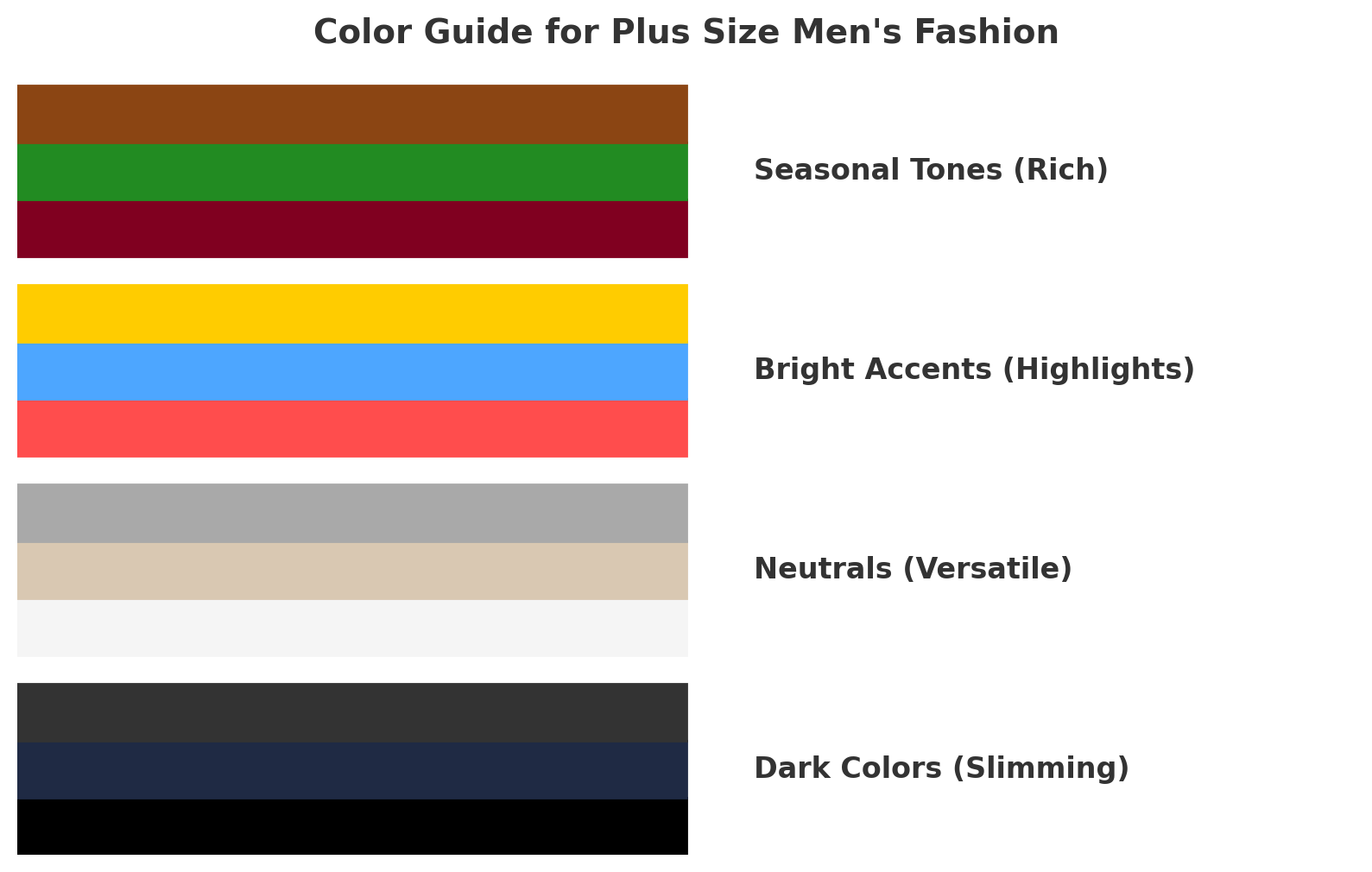
✅ The Bottom Line: Dark colors slim, monochromatic looks elongate, neutrals balance, and pops of bright shades showcase your personality. Learn to mix them like ingredients in a recipe, and your wardrobe will never feel flat again.
Confidence: The Secret Ingredient
Here’s the real style hack no magazine talks about: the best outfit is the one that makes you feel confident. You could have the most perfectly tailored blazer in the world, but if you don’t feel comfortable in it, that energy shows.
When you step into a room, people notice how you carry yourself more than the label on your shirt. Clothes should support that—not get in the way.
So experiment. Try on colors you’ve never worn. Test out new cuts. Pay attention to how you feel in the mirror, not just how you look.
Unlock the Plus Size Mens Style
Embracing plus size men’s fashion isn’t about following a strict set of rules—it’s about finding what makes you feel like the best version of yourself. Whether it’s a tailored blazer, the right pair of straight-leg jeans, or the confidence of knowing your colors work for you, style is about creating a wardrobe that empowers you.
The truth is, when you’re plus size, fashion can feel intimidating. But the moment you stop hiding behind baggy shirts and start celebrating your shape, everything changes. You’ll look sharper, stand taller, and feel unstoppable.
Remember: style doesn’t belong to one size, one body type, or one trend—it belongs to you.

